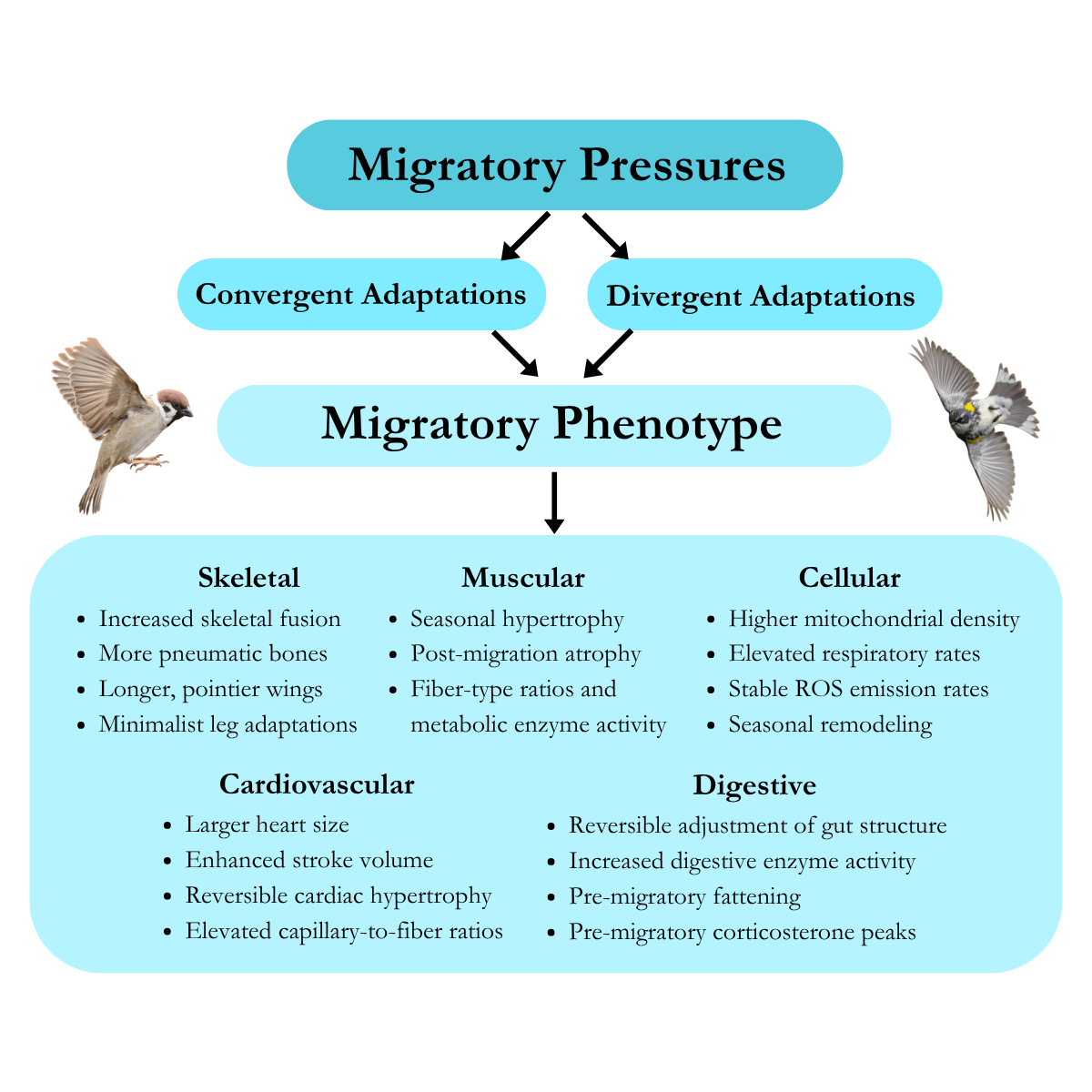Breadcrumbs, Bird Tornadoes, & Jellyfish Hotels
Before parrots, I was obsessed with aquatic birds. I can still see five-year-old me at Hillsboro Brookwood Library, clutching slices of whole wheat bread, marching to a lake full of ducks and geese. The ducks waited patiently; the geese? Not so much. One snatched a slice straight from my hand. Rude, but unforgettable.
Library visits eventually shifted from breadcrumbs to books, but my fascination with birds stayed. How did geese know where to go when the seasons changed? No GPS, no itinerary. Just instinct and the sky. That curiosity took flight one afternoon during a casual tennis match with my brother. Mid-rally, we both froze to watch a murmuration of starlings twist above us in synchronized spirals. Thousands of birds moved as one, twisting into a shape I dubbed a “bird tornado”. We forgot the score, but I remember that wonder.
That moment sent me spiraling down a rabbit hole of questions: How do instincts and evolution shape such precision? Was that murmuration a warm-up for migration or something deeper encoded by genetics? I dove into research, eventually writing a literature review of migration-driven adaptations in birds. The Arctic Tern, migrating pole to pole, fascinated me so much that I centered my Math IA on optimizing its route. What started with breadcrumbs and a few geese became a deeper exploration into instinct and adaptation.
Somewhere along the way, the ocean reeled me in too. Every beach trip, I brought a jar to rescue stranded jellyfish, creating a mini aquatic hotel with sand and algae to keep my squishy guests comfortable. Then I learned that algae, while excellent for interior design, can destabilize aquatic ecosystems by triggering algal blooms and oxygen depletion.
Determined to do better for my jellyfish guests, I dove into research and found a simulation modeling how different nitrogen-to-phosphorus ratios affect ecosystem balance. That curiosity powered my Biology IA, where I explored how microscopic changes ripple through entire ecosystems.
These small, almost accidental moments (losing bread to a goose, pausing at a “bird tornado”, rescuing jellyfish with more enthusiasm than expertise) taught me curiosity doesn’t need a formal invitation; it just needs a spark. And while I may never outsmart a goose, I’ve learned to follow my questions wherever they lead, even when the path looks a little wild.


